Phelippe Ayet, 1574
49 assorted cards were found hidden in the lintel of a doorway, in an old building in Toledo, during demolition, and are now preserved in the the Museo de Santa Cruz de Toledo.
Facsimile of Archaic Spanish-suited playing cards.
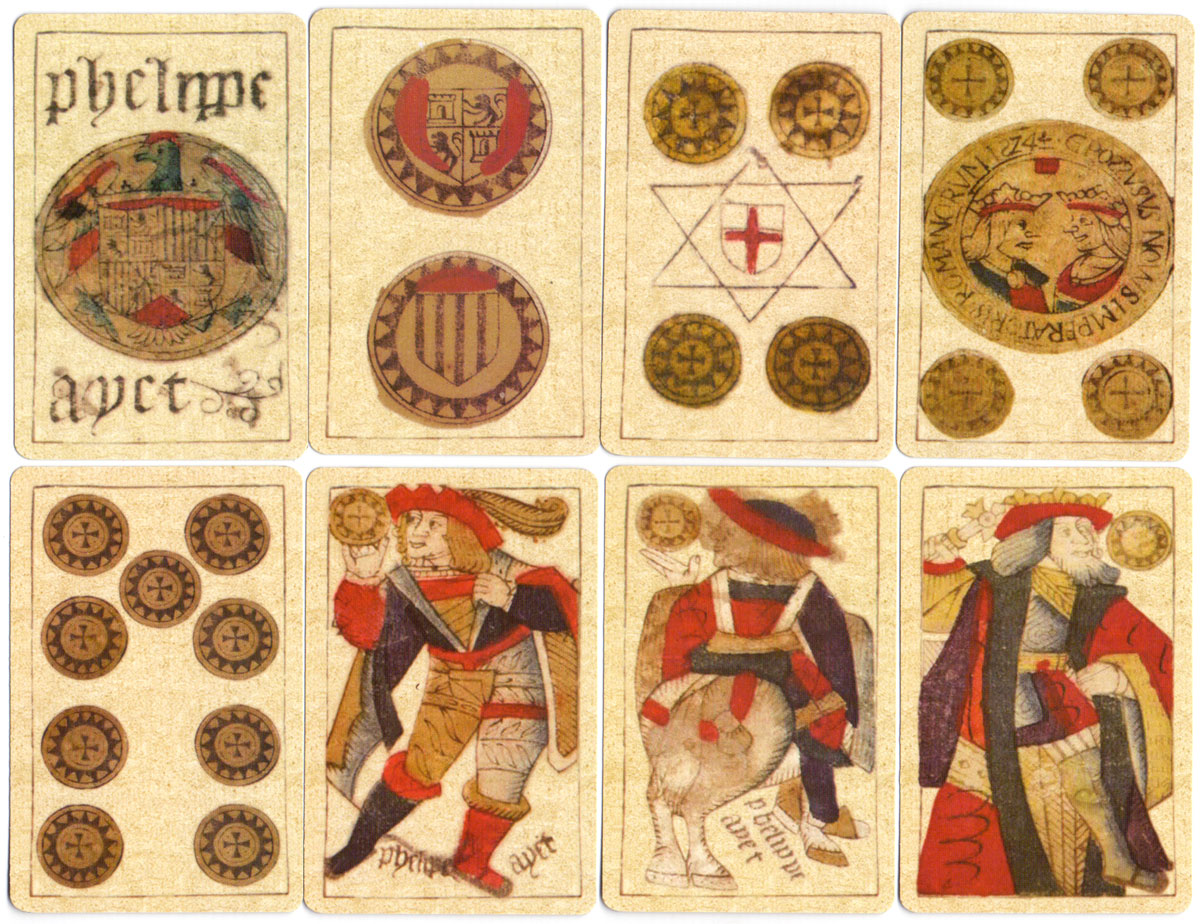
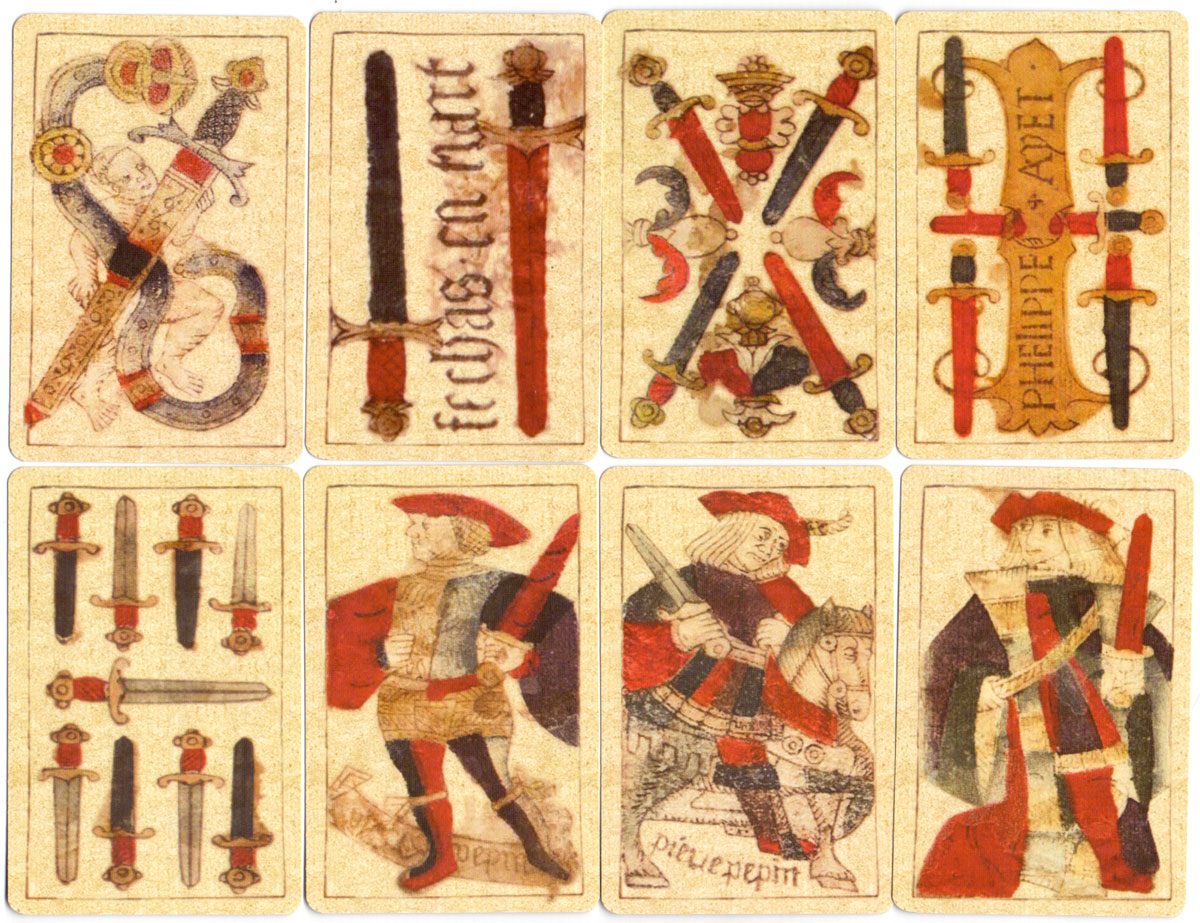
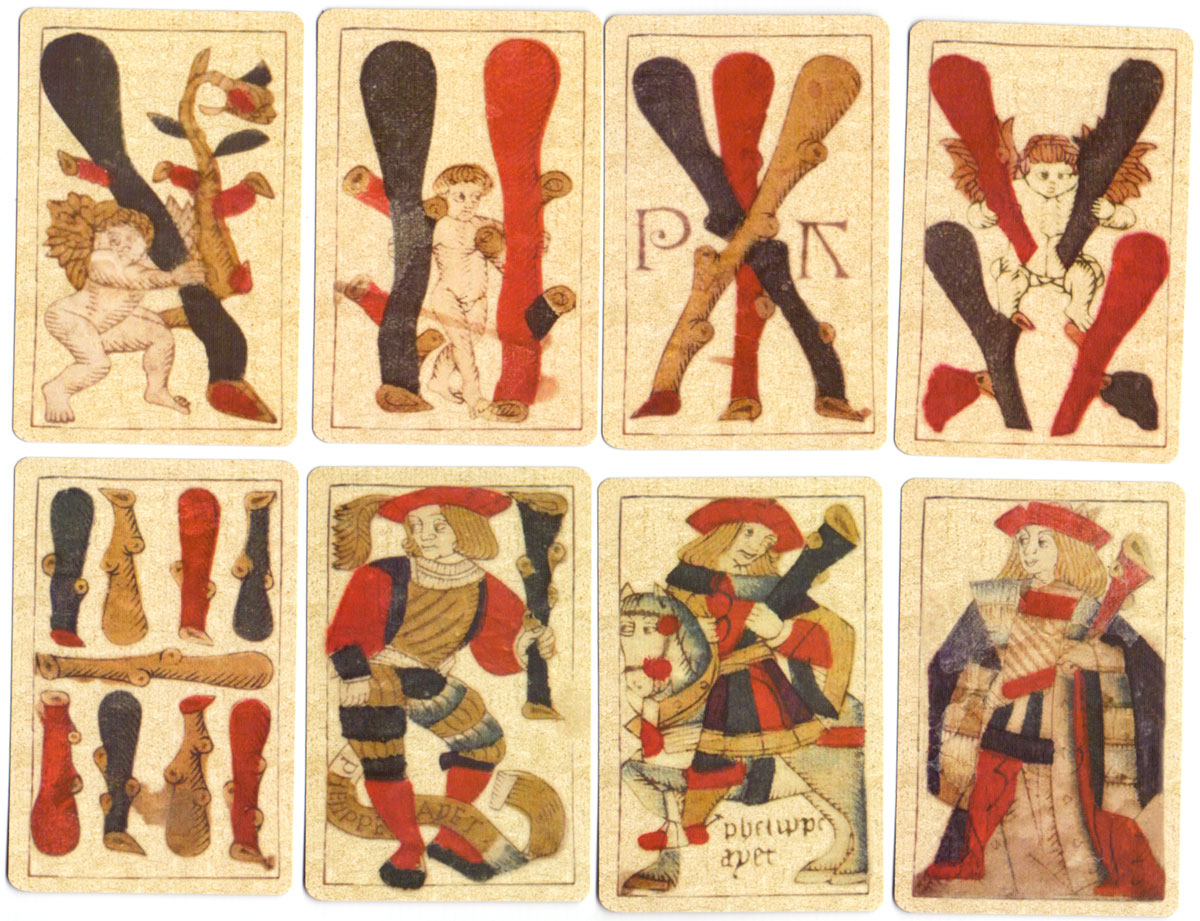
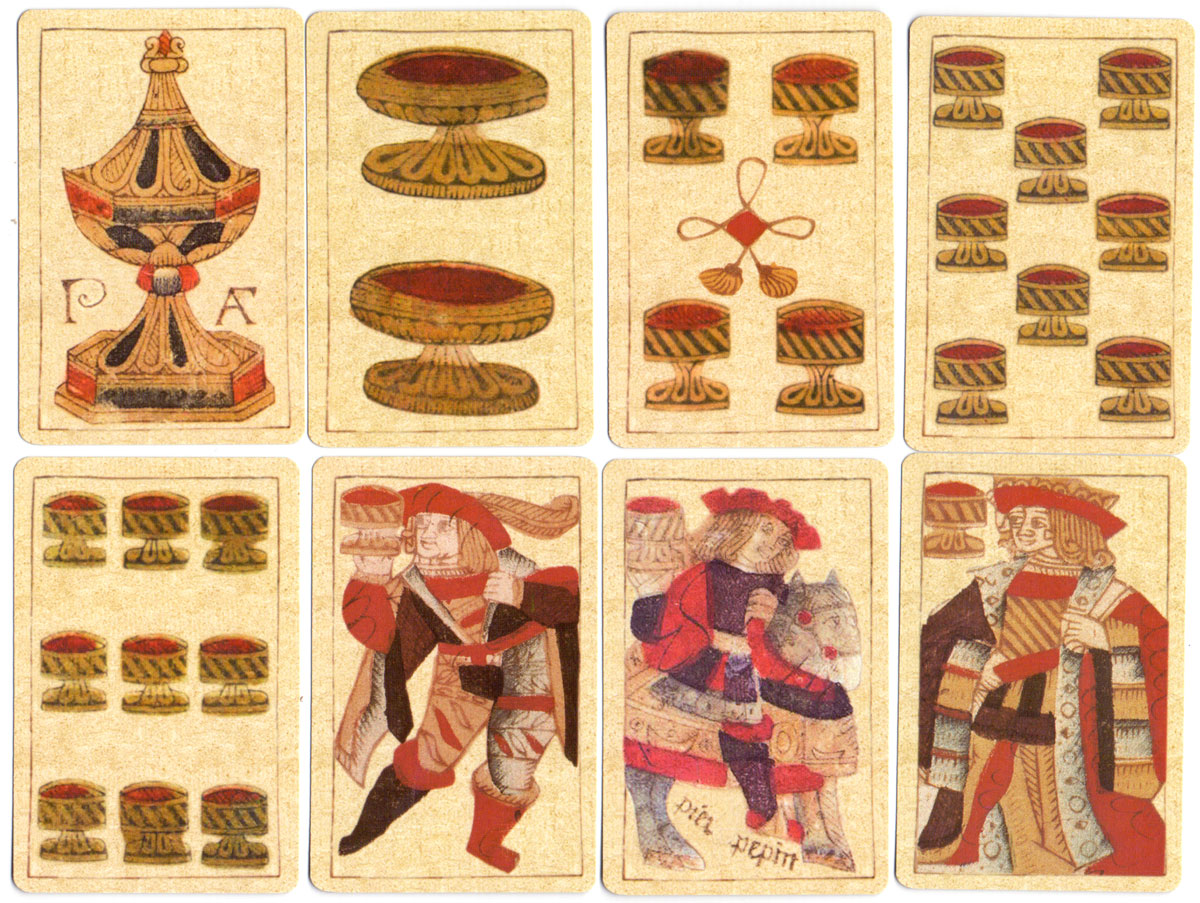
Above: facsimile cards of archaic Spanish-suited pattern, printed from woodcuts by Phelippe Ayet and and Pierre Pepin, dated 1574. Phelippe Ayet was a card maker living in Valencia. Pierre Pepin was a French card maker who operated in Seville and who was known by Miguel Cervantes. A total of 49 assorted cards by these different makers were found hidden in the lintel of a doorway, in an old building in Toledo, during demolition, and are now preserved in the the Museo de Santa Cruz de Toledo. Size: 57 x 98 mms, reverse blank. Another similar pack has been discovered in Madrid by the same maker, who was recorded as residing in the Valencia region at that time. Cards from facsimile edition by Naipes Comas, 2002. The set includes 2 explanatory cards→
The archaic Franco-Spanish pattern was produced and used in both France and Spain and several of the court card postures have survived in other regional patterns. The king of coins brandishing an axe recurs in several former French regional patterns and survives today in the king of hearts (‘suicide king’) in modern poker packs. In the example illustrated below, the ace of coins carries the coat of arms of the Catholic Monarchs, as well as the double-headed eagle of the Habsburgs topped by the crown of the empire of Charles V.

Above: 48-card Franco-Spanish pattern deck produced by Diego del Campo, Toledo, c.1540. Diego del Campo is believed to have been a Frenchman who travelled to Spain in the mid-16th century fleeing political and religious wars in France. Along with a group of card makers, he settled in Spain, moving through cities like Logroño, Burgos, Valladolid and Segovia, before reaching Toledo, the capital of the Empire at the time. However, these playing cards are not solely attributed to Diego del Campo, as Guillermo Moreo is also credited on several cards.
References
Lopez, Nacho: Descubierta la baraja más antigua del mundo, que fue fabricada en Castilla-La Mancha en 1540 in El Digital de Albacete 16 octubre, 2023►
Martín Carrillo, Alejandro: La baraja de cartas española más antigua del mundo se hizo en Toledo y data del 1540 in cadenaser.com 21/10/2023►
Denning, Trevor: The Playing-Cards of Spain, Cygnus Arts, London, 1996 - see p.46.
Anonymous uncut sheet dated 1587
On the three of clubs (first row second from the right) is the inscription F.T° that refers to Toledo. The same letters are repeated on the card with the 4 of chalices (second row fourth from the left) and on the next card at right the three of chalices is the year 1587. The profiles of the Catholic kings (Isabel and Ferdinand) on the three of coins and the coat of arms of Castilla and Leon and Aragon (partly trimmed from bottom) form the two of coins.

Above: on the 3 of clubs and 4 of cups are the initials F.T°. (Toledo), and the date 1587 appears on the 2 of cups. The 4 of coins bears a merchant's mark, the 2 has the arms of Leon and Castile, and on the 5 is the usual coin with two heads. Woodcut, hand coloured using stencils. © The Trustees of the British Museum • Museum number 1896,0501.1346►

By Simon Wintle
Member since February 01, 1996
Founder and editor of the World of Playing Cards since 1996. He is a former committee member of the IPCS and was graphics editor of The Playing-Card journal for many years. He has lived at various times in Chile, England and Wales and is currently living in Extremadura, Spain. Simon's first limited edition pack of playing cards was a replica of a seventeenth century traditional English pack, which he produced from woodblocks and stencils.
Trending Articles
Popular articles from the past 28 days
Related Articles
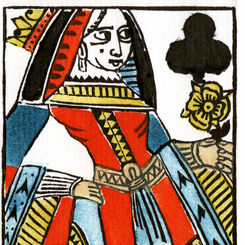
Woodblock and Stencil Queen of Clubs
A limited edition art print of the Queen of Clubs 1984 woodblock joker.

Woodblock and Stencil Joker
A limited edition art print of the 1984 woodblock joker.
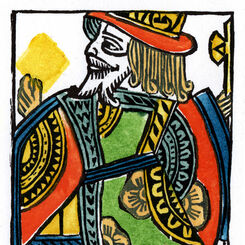
Woodblock and Stencil King of Diamonds
A limited edition art print of the King of Diamonds 1984 woodblock joker.
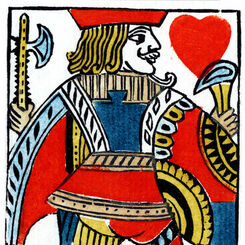
Woodblock and Stencil Jack of Hearts
A limited edition art print of the Jack of Hearts 1984 woodblock joker.
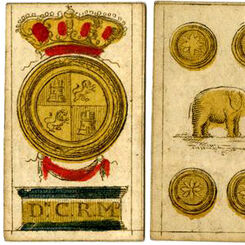
Miniature spanish-suited playing cards
Pack of 48 miniature spanish playing-cards published by C R.
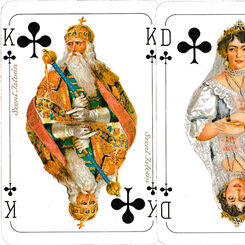
Le Roi bridge
Reprint of a Piatnik (Budapest) pack of 1927 with Hungarian historical figures and scenic aces.

Manara: baraja de poker
Exotic illustrations by Italian comic book artist and writer Milo Manara.

Alice in Wonderland
Alice in Wonderland collector’s edition with illustrations of characters from the film, published by...

Women by Royo
‘Women by Royo’ erotic playing cards published by Heraclio Fournier, Spain, 2001.
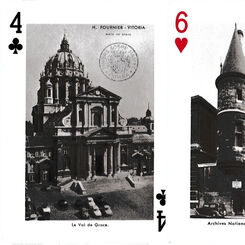
Monuments de Paris
‘Monuments de Paris’ souvenir playing cards produced by Heraclio Fournier, c.1964.
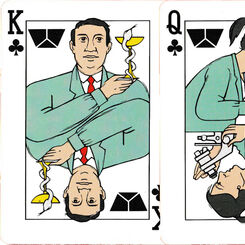
B. Braun-Dexon®
Publicity pack promoting B. Braun-Dexon’s atraumatic needles, with non-standard courts and pips.
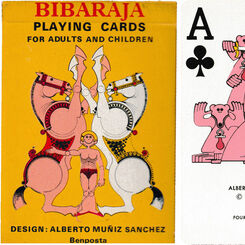
Bibaraja
Amusing designs of boys as circus performers by Alberto Muñiz Sánchez.
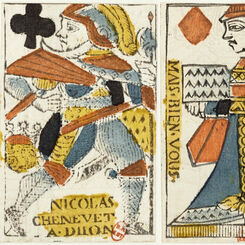
Burgundy pattern
The old Burgundy (or Burgundian) pattern by Nicolas Chenevet, Dijon.
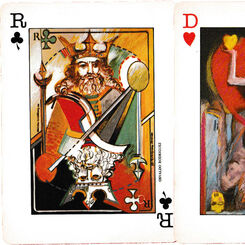
Peintres Latino Americains
Original artwork by 18 different Latin American artists.

Paco Lobo
Highly original and striking designs by Paco Lobo for the fashion house of the same name.
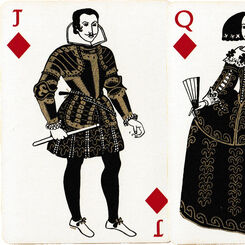
Loewe: Moda Europea Siglo XVII
Luxury pack for the Spanish fashion house Loewe, with 17th century costume designs by Margot Hamilto...
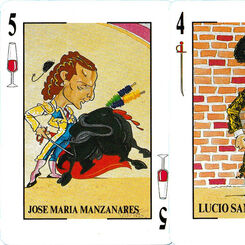
Toros: De El Cordobés a Espartaco
Publicity pack for the Spanish newspaper Ya with caricatures of famous bullfighters by Fernan...
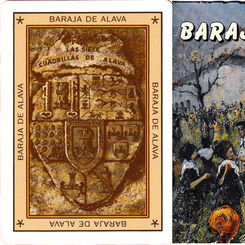
Baraja de Alava
55 different paintings by Emilio Lope depicting the history and culture of Vitoria and the province ...
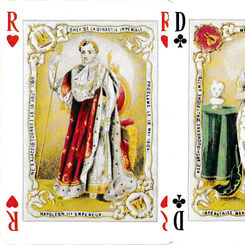
Jeu Bonaparte
Jeu Bonaparte depicting the extended family of Napoleon Bonaparte, France, 1978
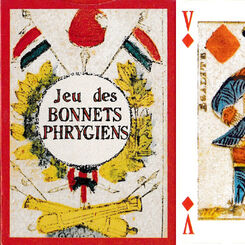
Jeu des Bonnets Phrygiens
Reproduction of Jeu des Bonnets Phrygiens relating to the Phrygian cap (or liberty cap), France, 198...
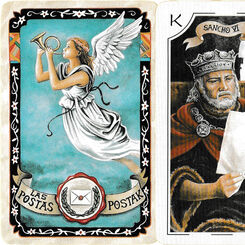
Postak – Las Postas
‘Postak - Las Postas’ playing cards commemorating the history of the Basque postal service, Spain, 1...

The Lovers playing cards
Reproductions of old postcards with romantic messages for Valentine’s Day.
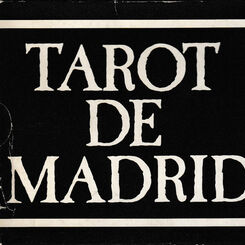
Tarot de Madrid
Black-and-white photographs of models whose faces are made up using elements found on the major arca...
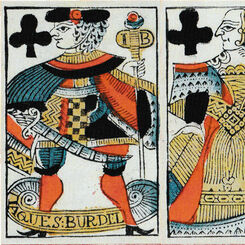
Portrait de Fribourg
Fine reproduction of a Fribourg pattern pack, originally by Jean-Jacques Burdel.

FDR New Deal Deck
Facsimile of ‘FDR New Deal Deck’ of 1934 re-published by Bill Schroeder, USA, 2010.
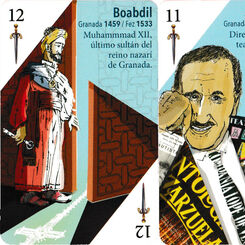
Naipes de Personajes Granadinos
Forty famous men and women with links to Granada, on a pack designed by Rubén Garrido.
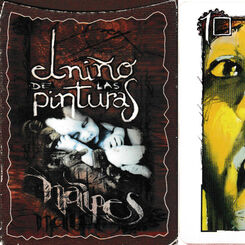
El Niño de las Pinturas
Forty-nine distinctive works by Spanish graffiti artist Raúl Ruiz.
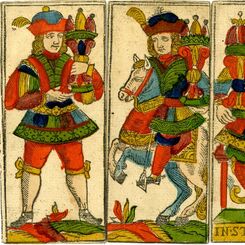
Trappola pack by Joseph Fetscher
Trappola pack published by Joseph Fetscher, Graz, 1739.
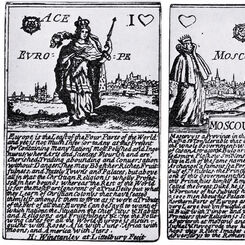
Winstanley Geographical cards
Facsimile of Winstanley’s Geographical cards produced by Harold & Virginia Wayland, 1967.
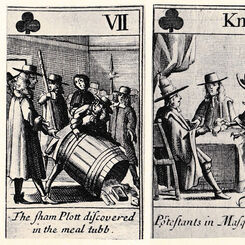
Meal Tub Plot
Meal Tub Plot playing cards [facsimile] with 17th century sketches by Francis Barlow.
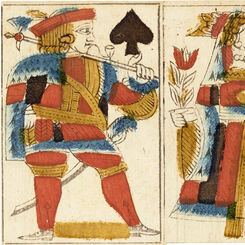
Lyon pattern by Michel Ressy
Lyon pattern by Michel Ressy, c.1760.
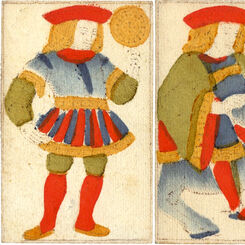
Pere Pau Rotxotxo Puigdoura
Spanish national pattern by Pere Pau Rotxotxo Puigdoura (1766–1797).
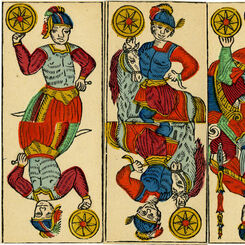
Trappola pack by Anton Herrl
Trappola pack of 36 double-ended cards published by Anton Herrl, Graz, Austria.

Eclipse Comic playing cards (reproduction)
Eclipse Comic playing cards is a reproduction of the first transformation pack printed in the USA in...
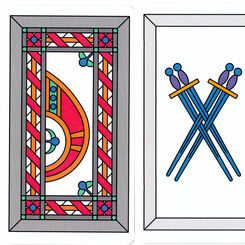
Moorish Deck
Review of “Trzes’ Moorish Deck” facsimile published by Ulrich Kaltenborn, Berlin, 2023.

El Jueves playing cards
Caricatures of 52 famous Spaniards for the satirical magazine “El Jueves”.

Naipe Navarro
Historical figures and artefacts from Navarre with designs by M. Sinués for the Navarre Association ...
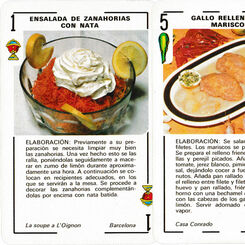
Bankunión playing cards
Ingredients and recipes for 24 dishes from different regions of Spain.
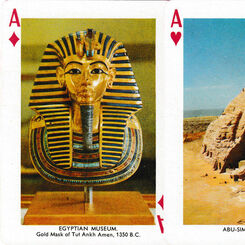
Souvenir Playing Cards of Egypt
55 different photographic views of Egypt in full colour.

Baraja Mística
‘Baraja Mística’ satirical playing-cards featuring revelling clergy published by Litografía Fernánde...
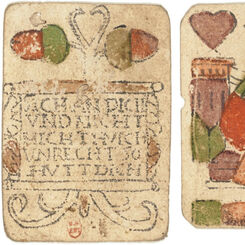
Early German playing cards
Some early examples of popular German playing cards from the XV and XVI centuries.

Auvergne Pattern
The Auvergne pattern is one of the oldest in France.
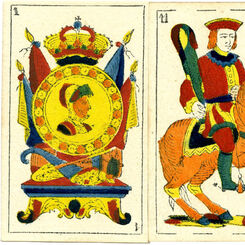
José Maria Durán
Spanish Catalan pattern by José Maria Durán, Barcelona, c.1870.
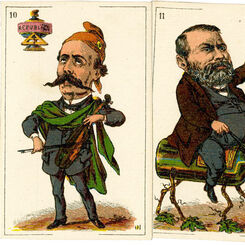
Spanish Political pack
Satirical playing cards manufactured by Francar y Cía depicting political situation, Barcelona, 1872...


